- 16 Posts
- 27 Comments
How’s the reliability been with the IKEA bulbs? I was considering those as they are cheap and I’ve had good experiences with IKEA sockets and remotes, but I’ve seen a lot of people saying the bulbs have failed on them.
Might be worth looking into LoRa for longer range, it’s got quite cheap to play with now.

 5·3 months ago
5·3 months agoIt’s a real step up for managing Home Assistant. I was using it earlier to find some devices to reconfigure and it’s a lot faster. The xtra panels in the UI feel a little cramped on smaller screens though.
I wish they would implement a proper permissions system next, the lack of control is the other admin bugbear of mine with Home Assistant.

 19·3 months ago
19·3 months agoI always keep Home Assistant as up to date as possible. Home Assistant keeps improving a lot. Month to month each update goes fairly seamlessly if HA is kept up to date, but the further it falls behind the harder it is to catch back up. Recent optimisation improvements have also made the update process faster.
If you can make the time it’s worth the effort. Even if you have to “start over” somewhat there is probably a lot you have learned since that you can use to improve your setup.

 2·3 months ago
2·3 months agoQuake 2 also had a Linux port, as did Return to Castle Wolfenstein. iD Software was one of the few early supporters of Linux for commercial games.

 4·3 months ago
4·3 months agoReturn to Castle Wolfenstein also had an official Linux port in 2002-ish.

 81·4 months ago
81·4 months agoIs it common for apartments to have shared extractor ducts? I’ve never heard of a setup like this before, and it sounds like both a pain in the arse and a potential safety issue.
Controlling the kitchen fan is probably the easier bit. Depending on the design of the hood, you might be able to control it with a smart outlet or relay. Turn the hood’s switch to always on and control it with the relay. The difficult bit would be sensing when to turn it on.
Cooking will often produce VOCs, and VOC sensors are easy to obtain, but they are also have other sources that are likely in your own apartment. Maybe try using temperature and humidity sensors int the duct to activate the fan when there is elevated temperature and humidity inside the duct?

 18·5 months ago
18·5 months agoFrigate seems fairly popular among Home Assistant users for security cameras.
I think ZoneMinder is still going too which used to be the go to Linux option for that.

 3·5 months ago
3·5 months agoThere are some Zigbee dimming relays/modules which should work with your Zigbee stack of choice. I haven’t used them myself as I use Zigbee dimmer switches instead, but I’ve seen others recommend them. There’s a few different brands depending on your country.
I can also second the recommendation for the Shelly Dimmer 2. Works out of the box with the HA Shelly integration, and can also be flashed with ESPHome or Tasmota if you really want. It can also be used in detached mode to work with smart lights I believe too. My home is mostly Zigbee but I have a few Shelly devices and they have all been solid.
I also have an oil boiler, and a tank in the garden. The tank was fitting with an Apollo Ultrasonic oil level sensor, which sends a signal to base station with a very basic LCD display in the house via 433Mhz radio.
I use an RTL-SDR USB radio dongle, a cheap 433MHz antenna and the rtl_433 software to monitor the signals from the ultrasonic sensor, which transits roughly once an hour. The level measurement transmitted is a fairly accurate centimetre value (I compared it with manual measurements with a dip stick for a few months).
The base station only showed a vague level indication with 10 bars, but now I have more a more precise smart display of the tank level, without any extra modification to the tank system.
I have a similar setup but with an ultrasonic sensor instead of a float sensor. rtl_433 had support for the sensor, and I could get a good signal reception with an RTL-SDR and cheap 433MHz antenna. I can even pick up signals from a neighbours tank that is some distance away.
Once I had devices that replaced entities with new ones with a different ID after a firmware update. It happened to some ESPHome devices I had after upgrading the firmware. Have you checked the device the entity belongs to?
I see a lot of people saying they have to use a GUI tool for partition management, and I’ve never understood why.
Text based tools like parted are fairly easy to use, at least compared to other terminal tools the same people are able to use for other tasks.
What is it about partitioning that needs a GUI when other tasks don’t? Is it the visual representation of the partition layout? A general fear of borking a disk?

 1·7 months ago
1·7 months agoIt might be worth keeping purge_keep_days configured to less than the default 10 days to keep the database size small and speed up backups etc, especially in setups running on low power hosts like a Pi and with large amounts of sensors.

 2·7 months ago
2·7 months agoThe new climate cards have configurable features. Edit the dashboard and climate card, and buttons similar the old ones can be added back the card. I was confused by this at first when I updated and the on and off buttons for my heating disappeared. It feels like the modes buttons should be added by default.

 162·8 months ago
162·8 months agomacOS offers a lot of stability, it’s reliable, predictable, boring even. It works out of the box and stays that way, it survives upgrades, and rarely crashes.
The release cycle is steady, and changes are generally gradual and incremental. Mac users don’t usually have to worry about a new release breaking their system or their workflow because a developer wants to reinvent the wheel or a UI designer wants to make their mark. The only big shifts have been processor transitions.
The Mac ecosystem also allows users to have a foot in both the proprietary and open source ecosystems on a single platform. Being able to run, say, web development environments and Adobe CS for example, can be a lot easier than farting around with Wine or WSL.
Granted, there’s plenty of downsides to the Mac as well, but the platform definitely has merits.

 4·8 months ago
4·8 months agoBoth HFS Plus and APFS can have case sensitivity enabled, it’s optional.
Enabling it has had a tendency to break third party Mac software though. Adobe used to be a particularly bad offender there.

 3·8 months ago
3·8 months agoPersonally I prefer using smart switches, or smart relay modules in between the switch and bulb. However that’s maybe not best for you if you are already invested in smart bulbs.
The “neatest” options would be to fit a switch cover over the switch, or remove the switch and replace with a blanking plate. A smart button can be fitted onto the cover or plate to provide the functionality of a switch, there are devices with multiple buttons and even rotary knobs.
Depending on the style of light switch used in your country there may be commercially made switch covers available if you can’t 3D print them. There are also several 3D printing services online that can be fairly affordable, I’ve had decent service from Treatstock.

 2·8 months ago
2·8 months agoI also favour smart switches instead of smart bulbs. It avoids the problems of accidentally turning off the smart bulb with the dumb switch, and provides a fallback control method if part of the smart home stack is not working.
The main downside to this method is not being able to change the light colour and temperature of the bulbs. I have seen there are some smart switches and bulbs that can work combined but I haven’t tried them myself.


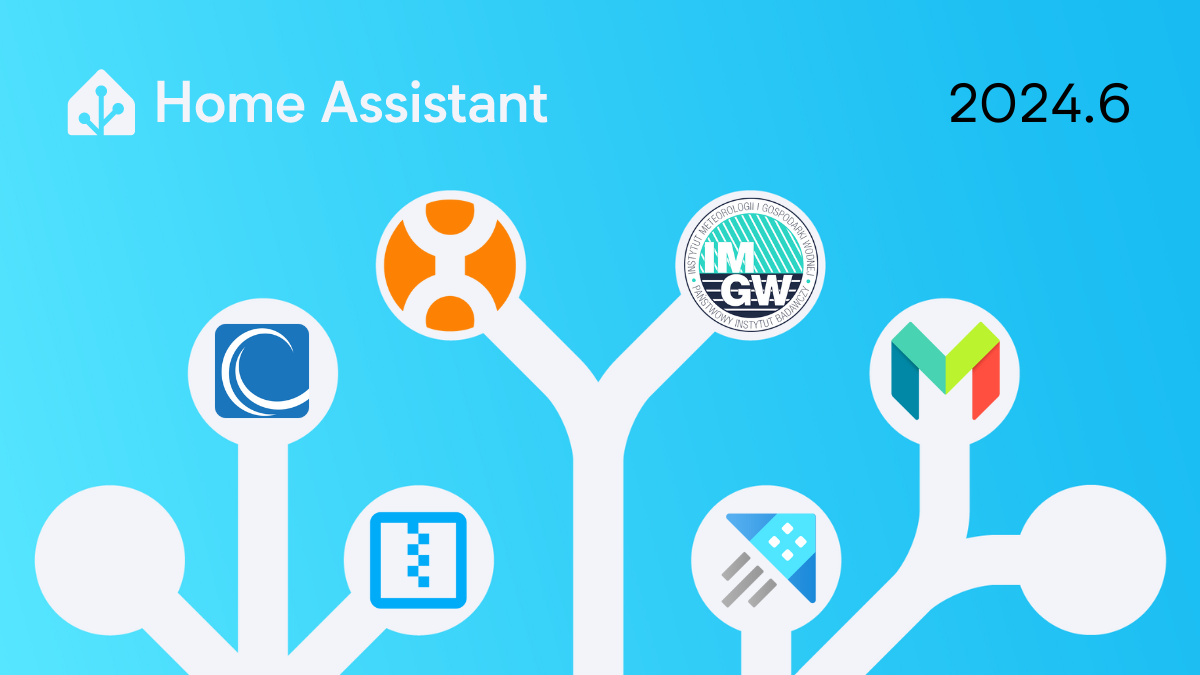
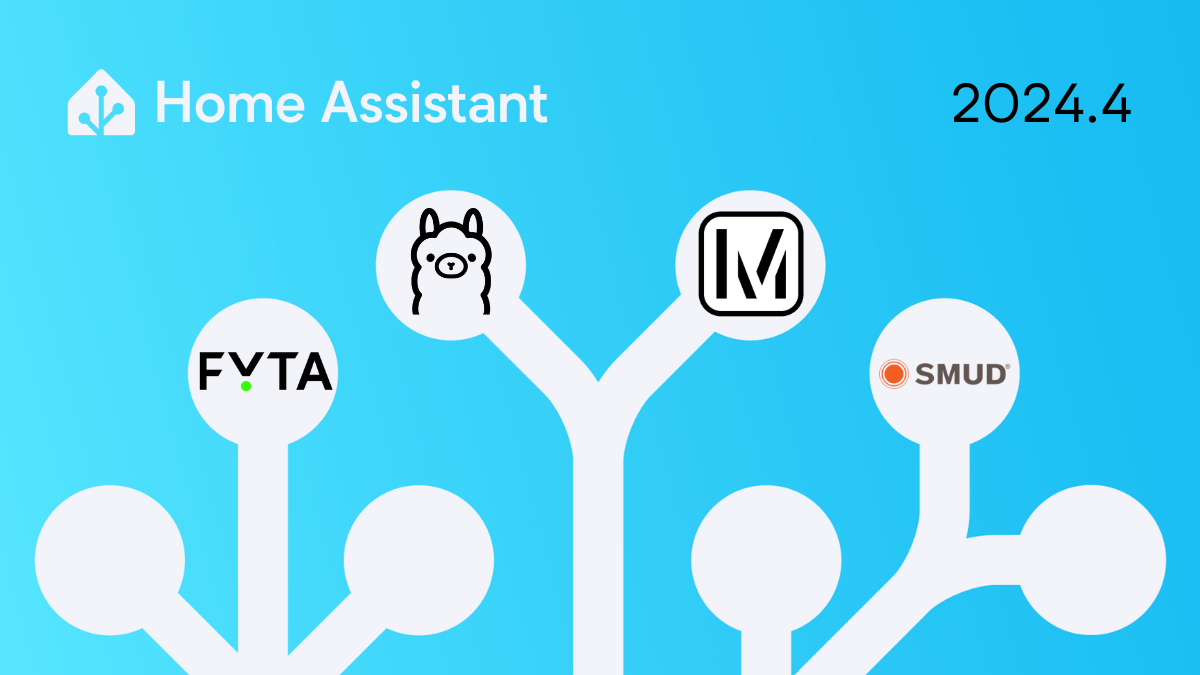
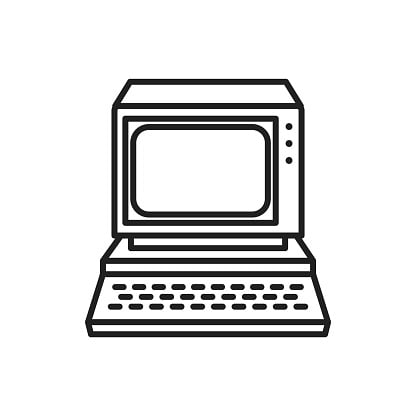

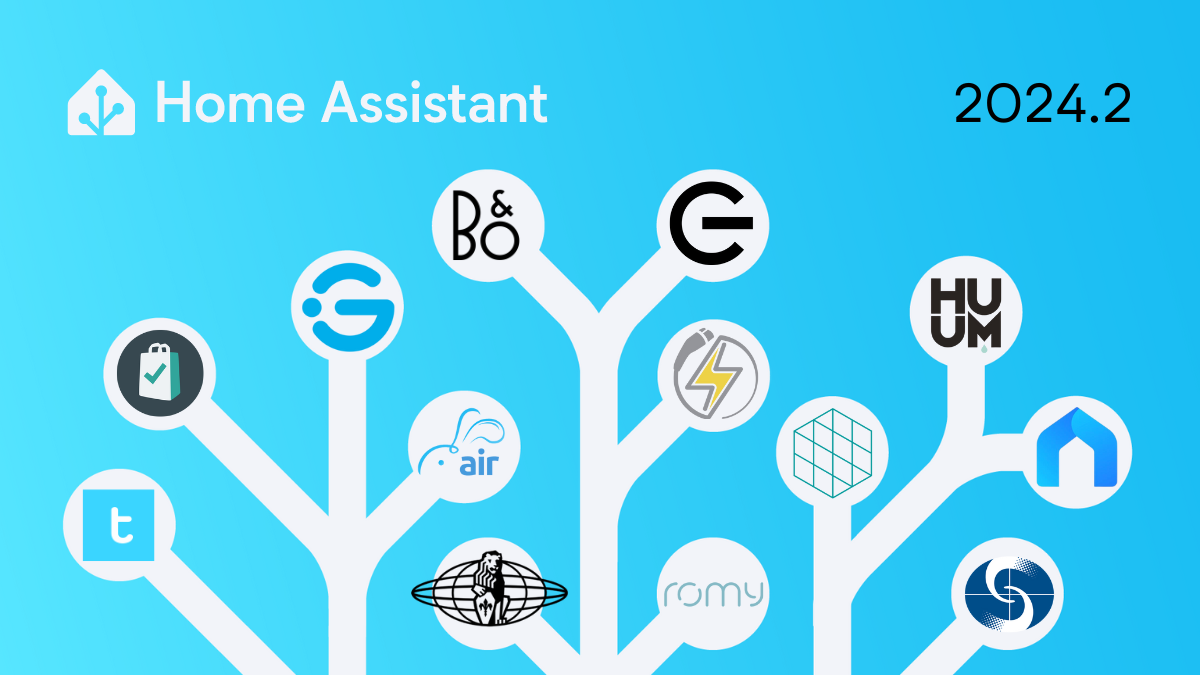



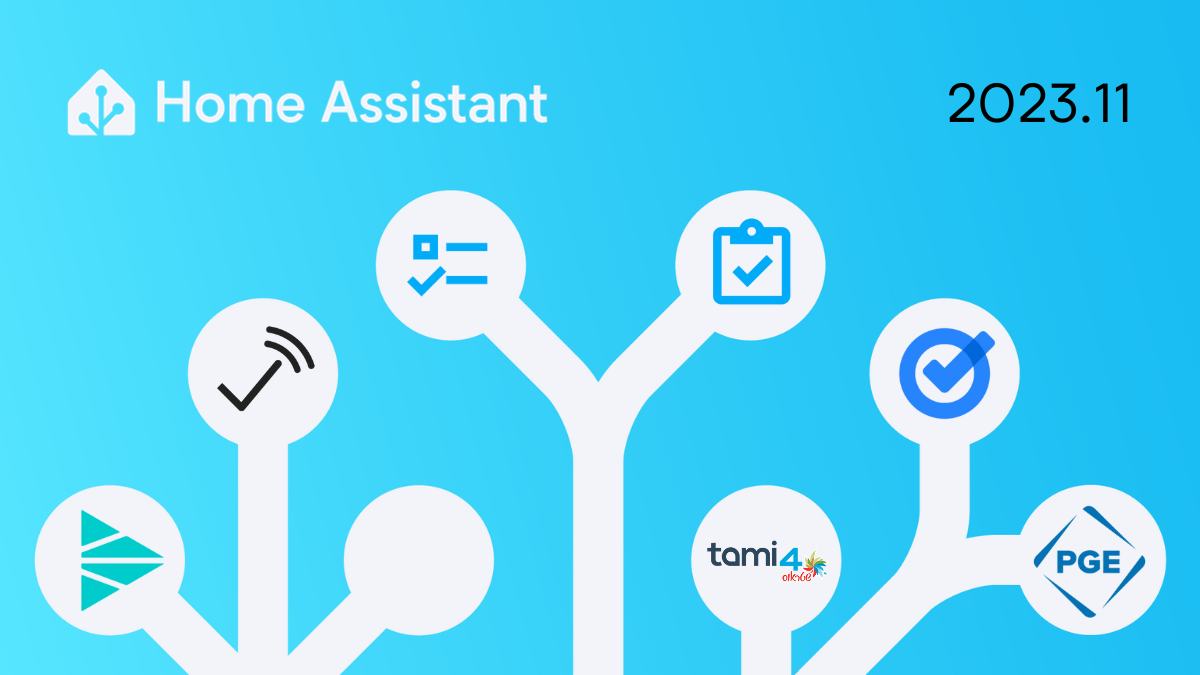
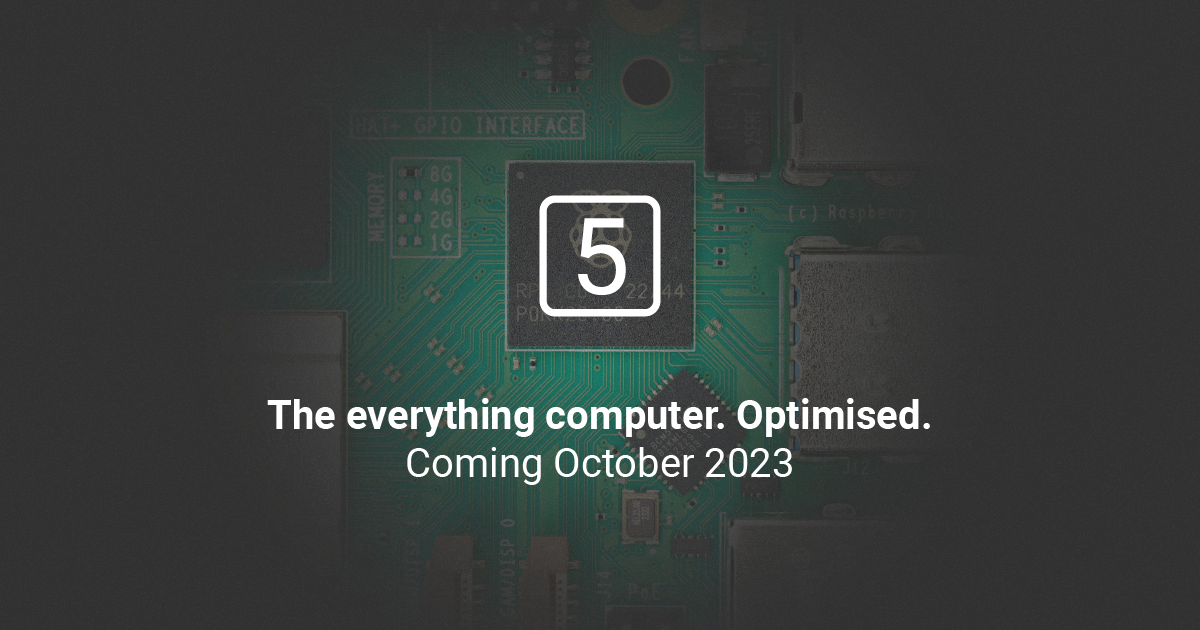

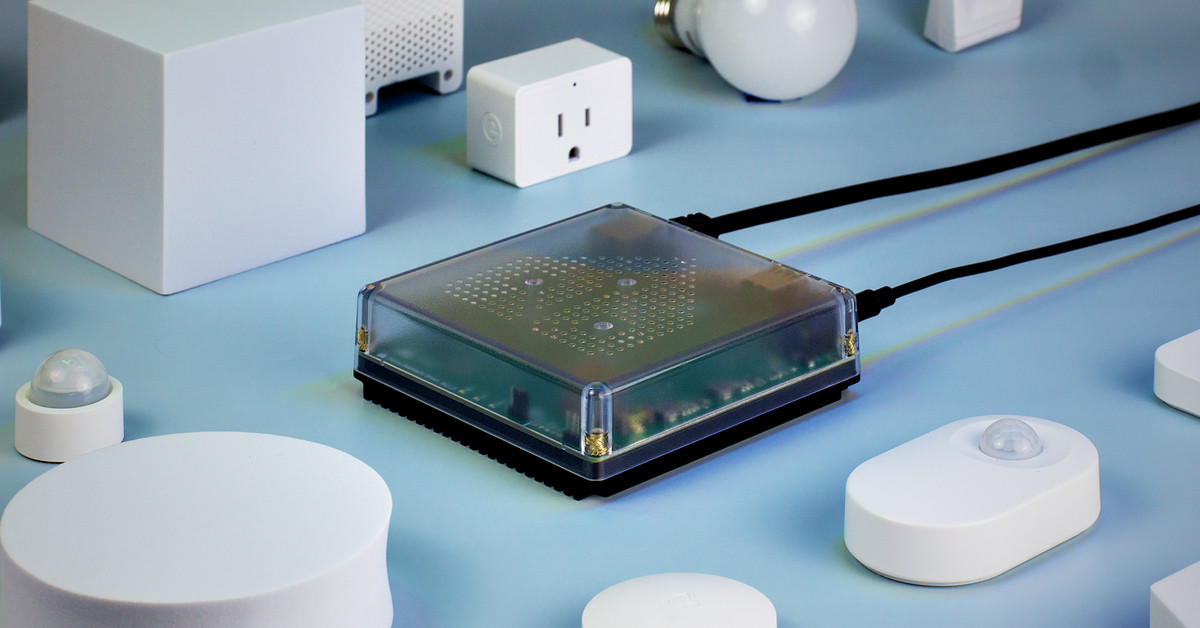
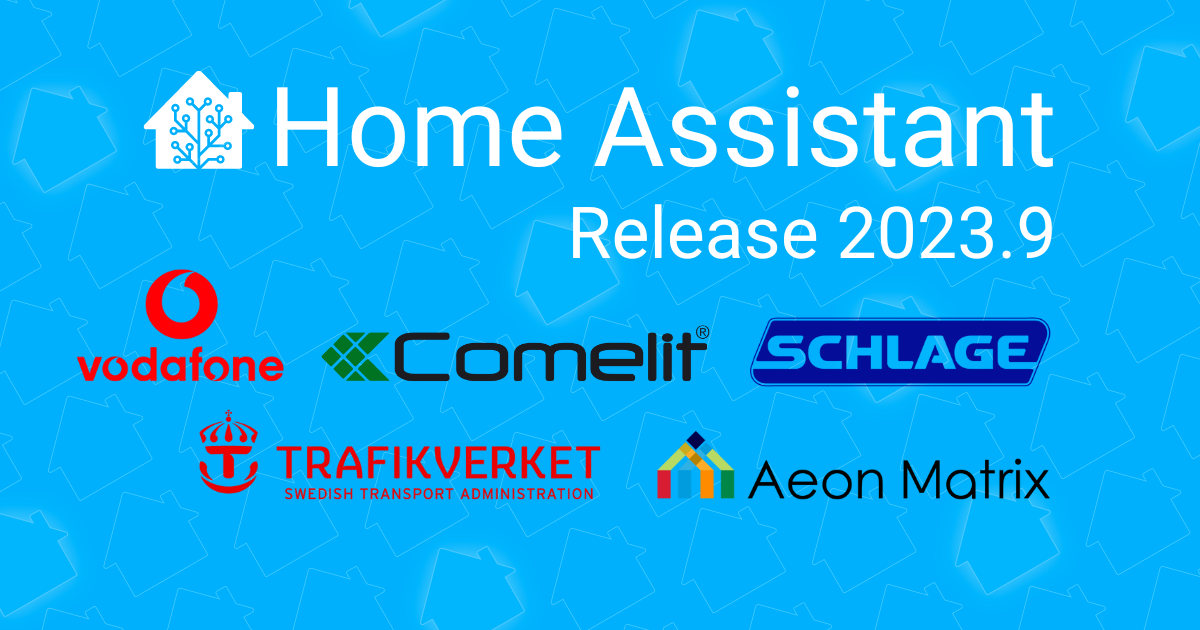
Yes, I was looking at the IKEA bulbs, but I’ve seen a lot of reports on coil whine and bulbs failing. How have you found the reliability of the IKEA bulbs?